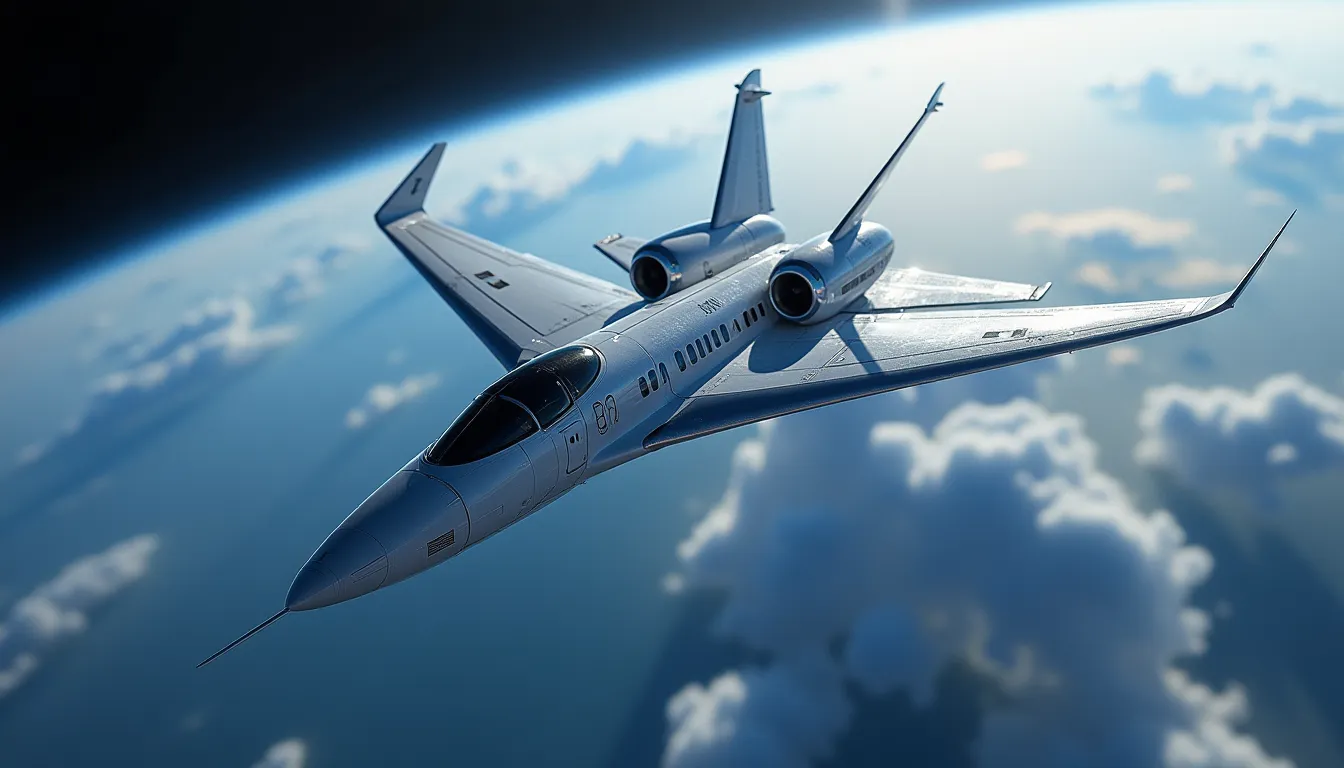The aerospace and defense sectors are undergoing a transformative evolution, driven by groundbreaking innovations in autonomous flight, stringent legislative measures, and the integration of artificial intelligence (AI) in manufacturing processes. As companies like Joby Aviation and Machina Labs spearhead these advancements, the industry is poised for a significant shift towards enhanced safety, efficiency, and operational capabilities.
Advancements in Autonomous Flight Technology
Joby Aviation Inc. has recently made headlines with its demonstration of the “Superpilot,” a pioneering autonomous flight technology that represents a significant milestone in the integration of AI and automation into aerial systems. This demonstration not only underscores the potential for urban air mobility but also enhances defense applications. The implications for operational efficiency in both civilian and military aviation are profound, as autonomous systems promise to reduce human error and improve response times in critical situations.
The Superpilot technology utilizes an Advanced Sensor Module, equipped with a sophisticated 9-DOF MEMS IMU, which integrates three-axis gyroscopes, accelerometers, and magnetic sensors. This ensures exceptional stability and comprehensive motion sensing, critical for safe autonomous operations in complex environments.
Legislative Mandates Shaping Aviation Safety
In 2025, the aerospace landscape will be significantly influenced by new congressional mandates including the Safe Operations of Shared Airspace Act and the Fiscal Year 2025 National Defense Authorization Act (NDAA). These laws aim to reform the Federal Aviation Administration’s (FAA) Safety Management System (SMS) by mandating the use of advanced tracking technologies such as Automatic Dependent Surveillance–Broadcast (ADS-B). This integration is crucial for reducing collision risks and enhancing safety in shared airspaces.
Moreover, the NDAA introduces the Clandestine Activities Vendor Database, designed to monitor commercial vendors involved in covert military operations. This initiative not only seeks to improve supply chain transparency but also strengthens counterintelligence efforts, promoting closer collaboration between civilian aviation regulators and the Department of Defense (DoD).
AI-Driven Manufacturing in Aerospace
The integration of AI in defense manufacturing is gaining traction, as exemplified by Machina Labs’ recent contract with the US Air Force. This partnership focuses on utilizing AI to produce metal parts for military aircraft, thereby reshaping traditional manufacturing processes. By employing AI-driven automation, Machina Labs aims to enhance precision, significantly reduce lead times, and lower costs in defense aerospace production.
This shift towards AI in manufacturing is indicative of a broader trend in the industry towards advanced manufacturing techniques that leverage high-performance MEMS accelerometers for superior stability and precision. These innovations not only streamline production but also enhance the reliability of critical defense systems.
Strategic Aerospace Programs and Space Operations
As part of the ongoing efforts to modernize airborne command and control capabilities, the US Air Force and Sierra Nevada Corporation have initiated flight tests on the next-generation “doomsday plane” (E-4C SAOC). This program aims to enhance strategic resilience in the face of emerging threats, shaping future military readiness.
Additionally, the US Navy’s new E-130J Phoenix II airframe has rolled off the production line as part of the $3.5 billion TACAMO modernization program. These developments highlight the commitment to maintaining strategic superiority through advanced airborne platforms.
In the realm of space operations, NASA’s recent propulsion maneuver by the SpaceX Cargo Dragon to maintain the International Space Station’s orbit signifies ongoing advancements in space logistics. Such operations are fundamental to ensuring the sustainability of space missions and the effectiveness of orbital operations.
Industry Outlook and Future Trends
According to Deloitte’s 2025 Aerospace and Defense Industry Outlook, the shaping role of AI, advanced air mobility (AAM), unmanned systems, and hypersonic research will dominate the industry landscape. The US Department of Defense’s substantial budget request of $849.8 billion for fiscal 2025 is expected to accelerate investments in these key areas, ultimately shaping the technological trajectory and resilience of the aerospace supply chain.
With advancements in precision accelerometers and thermal battery systems, the industry is set to experience a paradigm shift, fostering innovation while addressing the growing demands for efficiency and safety.
Conclusion
As the aerospace and defense sectors continue to evolve, the interplay between autonomous technologies, legislative frameworks, and advanced manufacturing processes will shape the future of aviation. Companies that embrace these changes and invest in innovative solutions will undoubtedly lead the way in creating a safer, more efficient, and strategically robust aerospace environment. The journey ahead is marked by significant opportunities for growth and advancement, setting the stage for the next generation of aerospace capabilities.
References
-
Industry News Archives - AIAA - Shaping the future of aerospace (aiaa.org) - 9/19/2025 … Joby Conducts Successful Demonstration of its Superpilot Autonomous Flight Technology. 4 September 2025. Military Aerospace reports Joby Aviation Inc.
-
US Air Force Taps Machina Labs for AI-Driven Aircraft Parts … (thedefensepost.com) - 9/19/2025 Machina Labs has received a contract from the US Air Force to apply AI in producing metal components for military aircraft.
-
Congressional Mandates Shape Aviation Safety and Defense … (www.eplaneai.com) - 9/5/2025 In 2025, congressional oversight is catalyzing profound transformations within aviation safety and defense technology.
-
September 2025 Archives - AIAA - Shaping the future of aerospace (aiaa.org) - 9/3/2025 Military Aerospace reports Joby Aviation Inc. “announced a first-of-its-kind demonstration of its autonomous flight technology. As part of the …
-
TAT’s Center for Aerospace Innovation - TAT Technologies (tat-technologies.com) - 9/3/2025 TAT Technologies Unveils FutureWorks: TAT’s Center for Aerospace Innovation. 3 September, 2025. TAT Technologies Unveils FutureWorks: TAT’s …
-
2025 Aerospace and Defense Industry Outlook | Deloitte Insights (www.deloitte.com) - 10/23/2024 From military demands to commercial applications, 2025 is shaping up to be a year of continued growth for several next-generation unmanned …
-
September 2025 - National Defense Magazine (www.nationaldefensemagazine.org) National Defense provides authoritative, non-partisan coverage of business and technology trends in defense and homeland security. A highly regarded news source …



